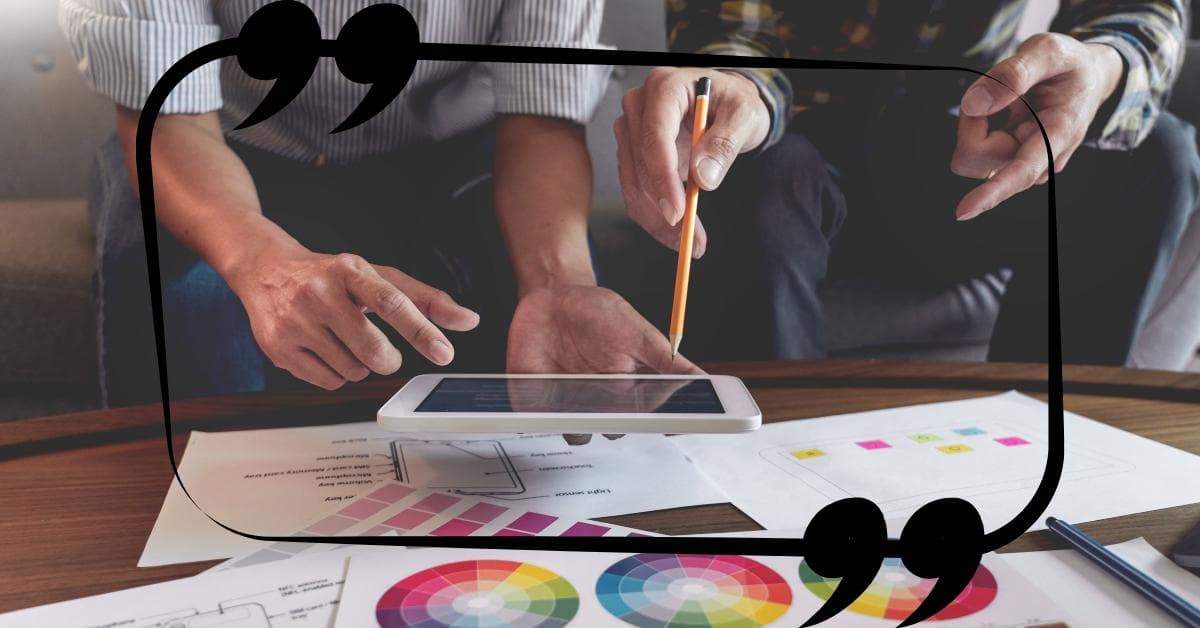Color correction is an integral part of the visual storytelling process. Whether you’re a photographer, videographer, graphic designer, or simply someone looking to enhance the aesthetics of your visuals, color correction plays a crucial role. In this article, we’ll explore color correction quotes, offering insights, tips, and frequently asked questions to help you master this art.
The Power of Color Correction Quotes
“Colors, like features, follow the changes of emotions.” – Pablo Picasso
Color correction quotes often serve as the starting point for creative projects. They encapsulate the essence of the visual message and set the tone for the entire work. The right choice of colors can evoke emotions, convey messages, and transform the ordinary into something extraordinary.
Why Are Color Correction Quotes Important?
- Inspiration: Quotes about color correction can inspire your creative image editing process, helping you choose the right color schemes and moods for your project.
- Consistency: They guide you in maintaining consistency throughout your visuals, whether it’s a video, photograph, or graphic design.
- Emotional Impact: Color correction quotes can help you understand the psychological effects of color, enabling you to connect with your audience on a deeper level.
Top Color Correction Quotes for Inspiration
- “Color is the keyboard, the eyes are the harmonies, the soul is the piano with many strings.” – Wassily Kandinsky
- “Colors are the smiles of nature.” – Leigh Hunt
- “Color is a power which directly influences the soul.” – Wassily Kandinsky
- “The purest and most thoughtful minds are those which love color the most.” – John Ruskin
- “Mere color can speak to the soul in a thousand different ways.” – Oscar Wilde
Practical Tips for Effective Color Correction
When it comes to color correction, a creative touch is essential, but a solid strategy can make all the difference. In this section, we’ll explore some practical tips to ensure your color correction efforts result in visually stunning and emotionally resonant work.
1. Choose a Style
Before you dive into color correction, decide on the style and mood you want to convey. Are you aiming for a vintage, warm look, or a modern, vibrant feel? Understanding your desired style will guide your color correction decisions.
2. Understand Color Theory
Familiarize yourself with the basics of color theory. Know how different colors interact with each other, their emotional impact, and how they can be combined for the best results.
3. Use Reliable Tools
Invest in professional color correction software or applications. Adobe Photoshop, Lightroom, and DaVinci Resolve are some popular choices. They offer a wide range of tools for precise color adjustment.
4. Work with Layers
Utilize layers in your editing software. This allows you to make adjustments without altering the original image, making it easier to experiment and fine-tune your corrections.
5. Pay Attention to Skin Tones
When working with portraits or videos featuring people, ensure that skin tones appear natural. Overly saturated or desaturated skin tones can be distracting.
FAQs
1. What is color correction in photography and videography?
Color correction is the process of adjusting and enhancing the colors in an image or video to achieve a desired visual result. It can involve correcting color imbalances, adjusting brightness and contrast, and fine-tuning the overall color tone.
2. Can color correction fix poorly shot photos or videos?
Color correction can help improve the quality of poorly shot photos or videos to some extent. It can correct exposure issues, white balance, and color inconsistencies. However, it cannot work miracles if the original quality is extremely poor.
3. What are some common mistakes to avoid in color correction?
Common mistakes in color correction include over-saturation, color casts, excessive contrast adjustments, and ignoring skin tone correction in portraits. It’s essential to maintain a balance and not overdo corrections.
4. How can I learn color correction?
You can learn color correction through online tutorials, courses, and by experimenting with photo or video editing software. Practice and understanding color theory are key to becoming proficient in color correction.
5. Are there any free color correction tools available?
Yes, some free software like GIMP (GNU Image Manipulation Program) and DaVinci Resolve offers free versions with color correction features. While they may have limitations compared to paid software, they are excellent options for beginners.
Conclusion
Mastering color correction is a valuable skill for anyone working with visuals. Color correction quotes can provide inspiration and guidance, and practical tips help you achieve the desired results. Remember that practice and continuous learning are essential to becoming proficient in color correction. As you delve into the world of color correction, let these words resonate with you: “Color is a power which directly influences the soul.” – Wassily Kandinsky.
This page was last edited on 22 February 2024, at 11:15 am
